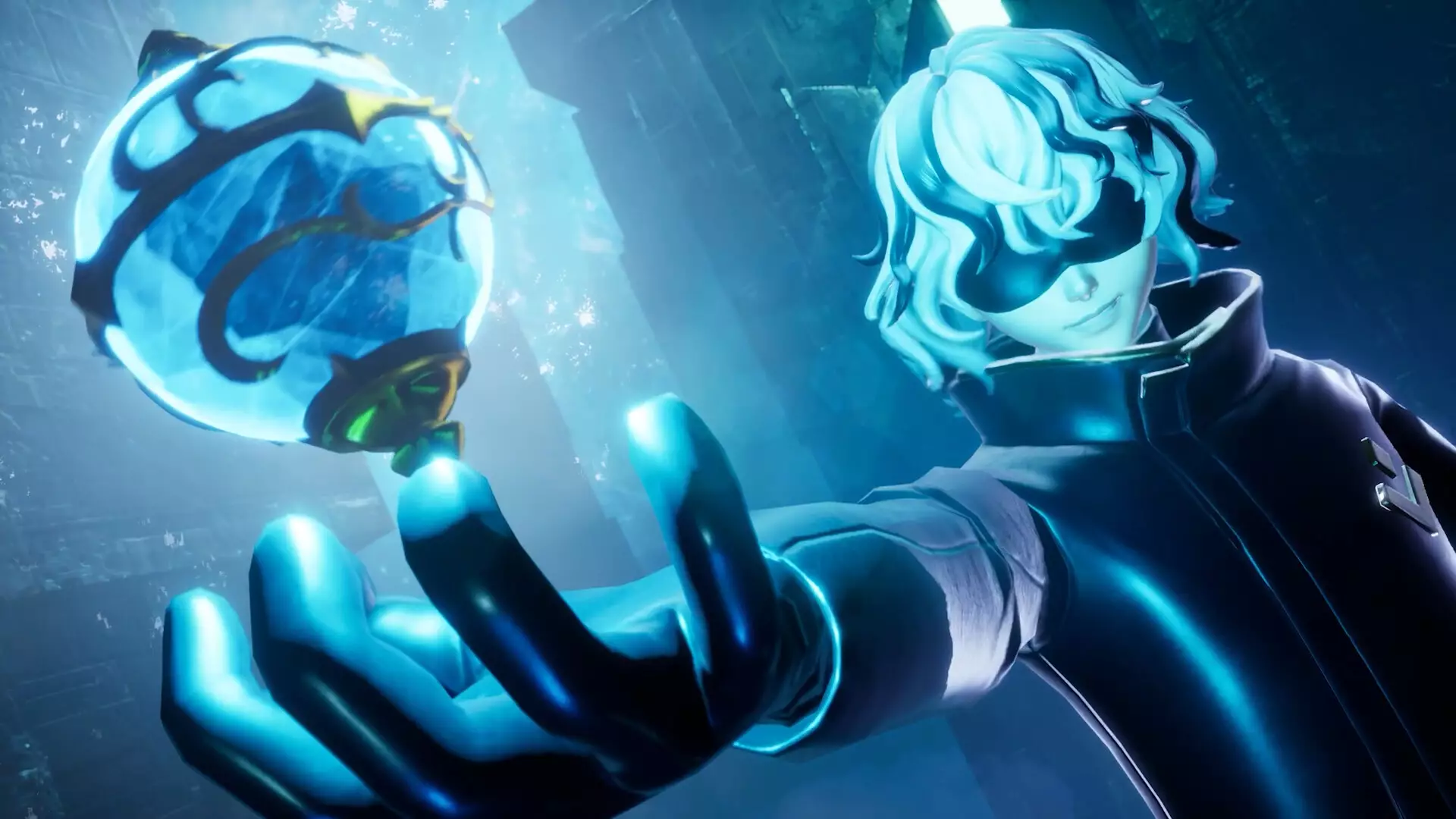In the vibrant world of gaming, where creativity meets technology, a recurring theme surfaces from conversations with developers: the complexity inherent in creating new content often fails to resonate with the fanbase. The case of Helldivers 2 and Palworld offers a poignant illustration of this disconnect. These popular titles enjoyed meteoric success, but the steady demand for new material has resulted in developer frustration. Players, driven by their passion, frequently underestimate the time and effort required to produce meaningful content, leading to unrealistic expectations.
John Buckley, the community and publishing manager for Palworld, voiced this growing concern. He noted that while many avid gamers intensely request new features or expansions, they often lack an understanding of what goes into their creation. The labor involved isn’t just about flipping a switch for instant gratification; it’s a meticulous and prolonged process requiring extensive collaboration from diverse teams. Buckley emphasizes this disconnect by stating that large-scale games like Fortnite or Call of Duty have the advantage of vast teams and resources, allowing them to maintain a rapid content release cycle. Smaller studios, like those behind Palworld, cannot replicate this model, and as such, players’ frustrations swirl into baseless claims of abandonment or negligence toward their beloved games.
The Reality of Development Timelines
There’s a critical need for discourse around what goes on behind the scenes during the game development lifecycle. Buckley elaborates that creating a single new island for Palworld can take up to six months, emphasizing that the development cycle is time-consuming and intensely laborious. Fans often express impatience, expecting near-instant updates merely because they’ve grown accustomed to the lightning-fast releases characteristic of larger franchises. This prompts a larger reflection on the need for education and transparency in the industry.
Johan Pilestedt, creative lead at Helldivers 2, expands on this concept by drawing a parallel to film production. He points out that while actors have their lines handed to them, game development involves constructing characters and crafting their worlds from the ground up. Each decision, each line of code, reverberates throughout the project, influencing myriad aspects of the game. Developers grapple with interconnectedness that can make seemingly simple changes exceptionally complex. The pressure to balance creative vision with the audience’s expectations can become overwhelming, obscuring the path toward responsive development.
The Weight of Developer Expectations
Considering this reality, it becomes increasingly clear that both developers and gamers occupy distinct, often opposing perspectives on the gaming experience. Players may view the gaming ecosystem solely as consumers, failing to account for the laborious process that goes into each substantial update or new feature. Conversely, developers, immersed in the intricacies of creation, become acutely aware of the challenges tied to each step of product evolution. This gap in understanding can be detrimental to community health, leading to frustration and disappointment on both sides.
Moreover, the gaming community is rife with quick judgments. When new content isn’t released on a player’s immediacy timeline, disappointment often translates into speculation or negativity. Accusations of abandonment or greed become rampant, even while developers toil tirelessly to deliver quality content. This phenomenon poses a challenge to game studios striving to maintain positive relationships with their audience while concurrently adhering to necessary timelines for development.
Encouraging Empathy Within the Gaming Community
In light of these challenges, there’s a pressing need for a more empathetic culture within gaming communities. Educating players about the real-life constraints and complexities faced by developers may help bridge the understanding gap. Developers must strive for transparent communication, setting realistic expectations for content updates while expressing the intricacies of game production to their audience.
Ultimately, fostering a more informed gaming environment can assuage animosities and encourage gratitude for the hard work that goes into creating beloved titles. This synergy between fans and developers not only uplifts the gaming community but also enhances the quality and ambition of the games themselves, yielding a deeper appreciation for the art of game-making. As the gaming landscape continues evolving, recognizing the unseen labor could very well transform how players engage with their experiences.


Leave a Reply